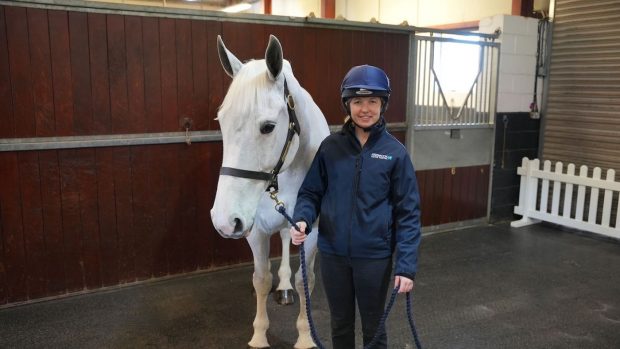Worming experts are warning that the mild winter may have increased the risk of small redworm.
Encysted small redworm (ESRW) can hibernate in the lining of the gut and do not show up on a faecal worm egg count. They usually “wake up” in the early spring and their mass emergence can lead to larval cyathostominosis — causing diarrhoea and colic. It is fatal in 50% of cases.
The weather has meant worm eggs and larvae will have been able to develop and grazing horses could have become reinfected. Experts recommend owners consider a second ESRW dose this spring.
This article was first published in Horse & Hound magazine (3 April 2014)





